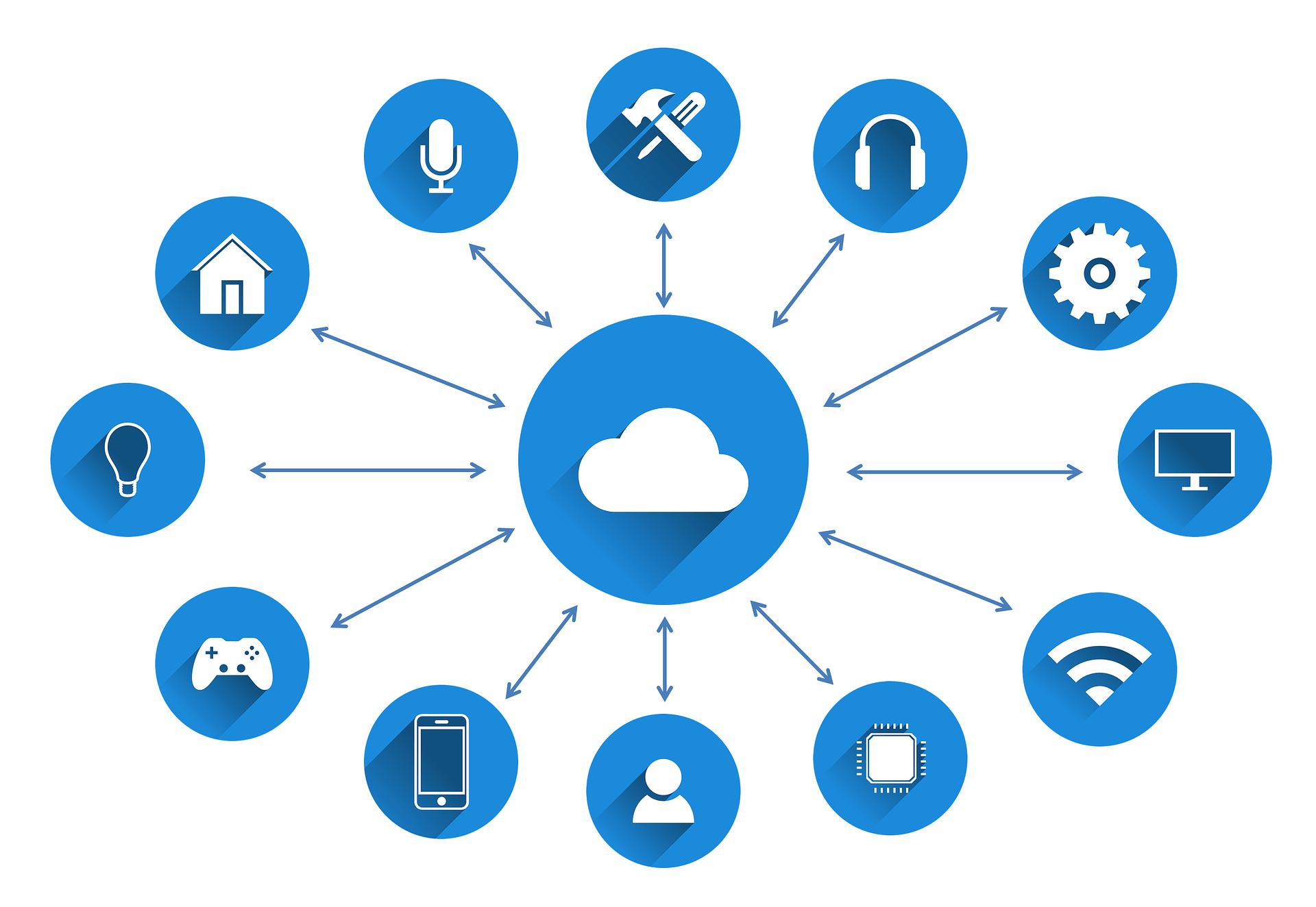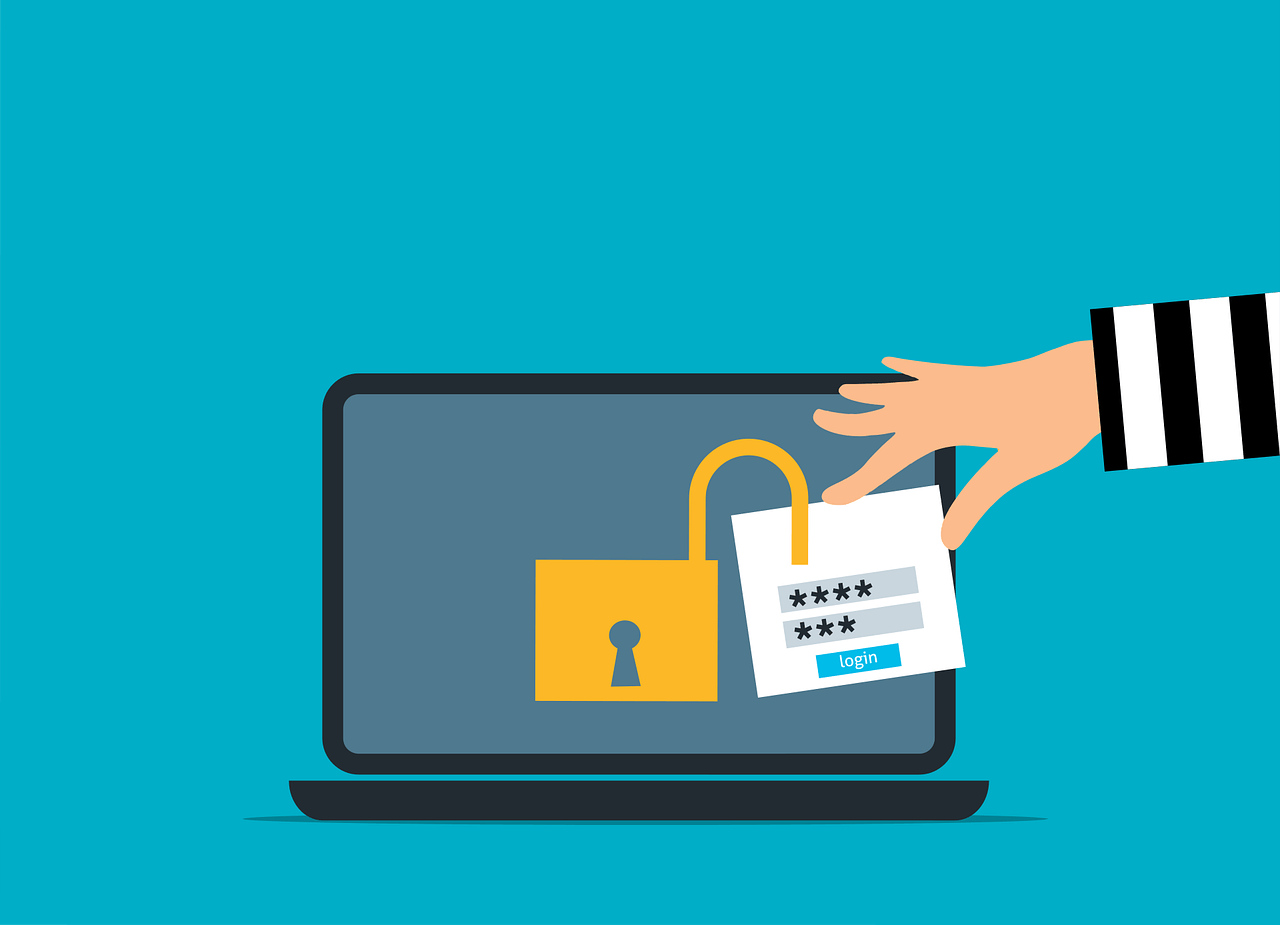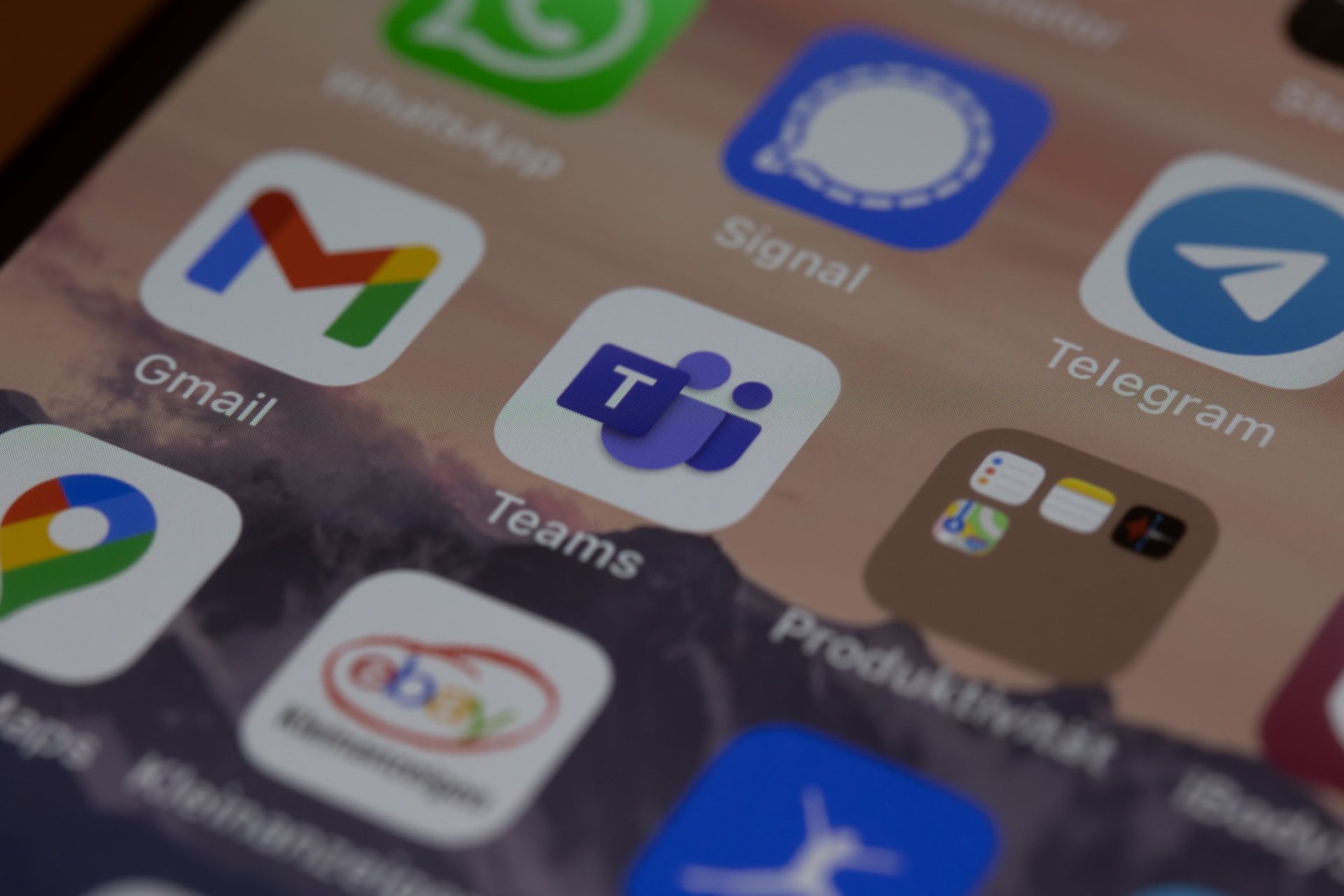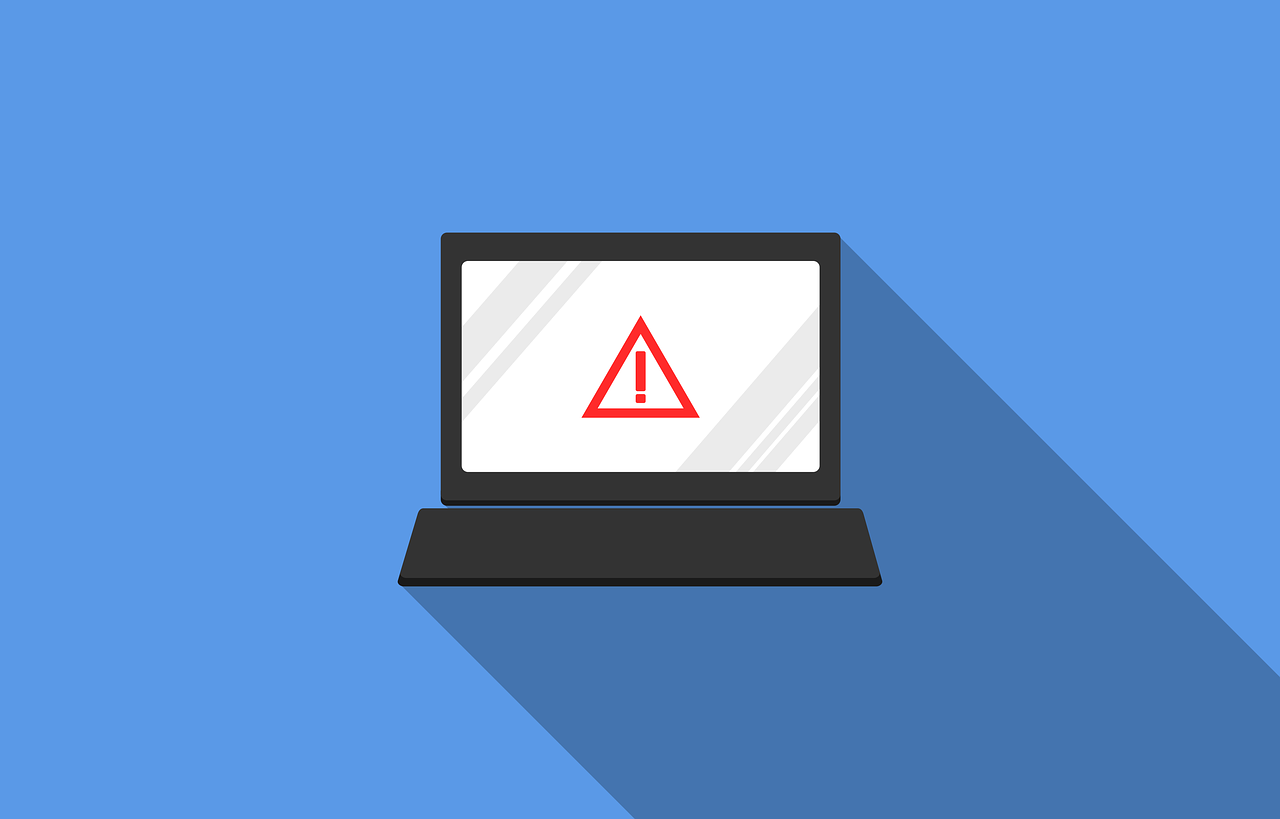Top 3 Remote Work Challenges and Solutions
November 29, 2022
People around the world have rapidly transitioned to remote working, which has significantly altered the future of work.
Remote work is expected to grow dramatically in decades to come and companies are adapting their policies, infrastructure, communication and IT systems to cope with these changes.
For remote employers and employees, there are 3 top remote work challenges which need to be addressed and solved, to maintain productivity, guard against cyber attacks and to keep staff feeling engaged and connected.
Below we explore these challenges in more detail as well as various solutions you can implement to address them.

The 3 biggest remote work challenges
Three of the biggest remote work challenges include keeping remote staff productive, protecting against increasingly numerous and complex cybersecurity threats, and keeping remote staff feeling connected and engaged.
Below we explore these remote work challenges in more detail, and provide some solutions for how to deal with them.
1. Keeping remote staff productive
There can be a range of challenges that remote staff experience, that can make working from home less productive than working in the office.
If
internet connection speeds are slow or haphazard, that can affect your staff’s ability to work efficiently and without interruption.
Remote staff may also struggle with finding the
right computers to suit their work needs when located away from the office. And they may not have the
correct software installed which can also affect the quality and speed of their work.
Most employees need to have
access to technical support and a certain degree of tech tools such as phones, printers, and routers. Without these, their productivity related daily tasks may be hampered.

2. Protecting remote workers and company IT resources from cyber security threats
Cyber threats and risks are increasing at alarming rates. Having staff working remotely from a variety of different locations can increase a company’s risks of a security breach.
That can have devastating and costly impacts, so most companies are taking active measures to protect themselves and their staff against these looming threats.
Staff who work remotely may be at increased risk if they don’t have updated and stringent anti-virus software installed on all their home devices (including
internet of things devices).
Remote workers are also at risk of cybersecurity threats if they connect to unsecured networks (e.g. in coworking spaces or public wifi areas), and if they don’t have a virtual private network (VPN).
And even if your home wifi router is not secured, it can be hacked and cybercriminals can then gain access to your home devices.
There are also a range of
email threats and phishing scams that employees need to watch out for. Typically employees may receive in-house training to guard against these risks, but when they work remotely, those training protocols may cease to operate.

3. Keeping remote staff feeling engaged and connected
Many remote staff around the world struggle with a sense of loneliness, lack of connection and a feeling of not being engaged with the company and other employees when they start to work remotely.
This can have detrimental knock on effects for their social and mental wellbeing.
If there’s not enough opportunity for staff to get to know each other and to communicate informally and build up relationships, that can also affect morale and the ability to collaborate and innovate together.
Remote work companies are realizing that cultivating a positive company culture is critical to help staff feel engaged and valued, and that this requires an intentional approach.

Solutions to keep your remote staff productive, secure and engaged
1. How to enhance remote work productivity
Studies have found that remote work can actually be even more productive than office-based roles.
But that requires a certain basis to enable productivity and efficiency for your remote teams. That includes providing them with the correct equipment, software and connectivity tools.
If your staff can easily share information, collaborate and get technical assistance when needed - this can help to streamline their daily tasks.
Below are some ways in which your organization can enhance the productivity of your remote teams.
Many of these solutions are based on
services that we provide and we’d be happy to discuss how we can implement these for your remote work teams.
Productivity tools and apps
There are many productivity tools and apps that your staff can use to better communicate, manage projects, keep track of time spent on different tasks, and collaborate.
For example,
Asana helps teams to stay organized and connected,
Wrike offers powerful work management tools, and
Slack helps teams to better collaborate and stay connected.
Microsoft Teams provides a digital workspace for remote teams, and
Microsoft 365 provides companies with cloud computing services for remote staff.
Remote IT Support
Providing your remote staff with access to remote IT support can also help them maintain productivity.
Just because staff aren’t in the office, doesn’t mean they will no longer have IT struggles and complications that need to be resolved so they can stay productive.
Many companies provide phone and email tech support to their remote staff, or they
hire a managed service provider (MSP) like NB Technology to provide managed IT services.
Stipends for workstations, hardware and software
Many remote and hybrid companies are also providing stipends to their remote staff to cover the costs of setting up remote workstations and to pay for the necessary hardware and software.
While some companies have a
bring
your
own device (BYOD) policy, this may open you up to considerable risks unless you have advanced cloud computing services for your staff.
It may be preferable to have employees use company devices or cloud computing, which helps separate personal and business use and also reduce cybersecurity risks.
Stipends can also be used to cover costs of fast and reliable internet, VPNs and antivirus software.

Cloud computers
Providing staff with cloud based computing and tools can also help boost productivity of remote teams.
Cloud service solutions like Microsoft 365 combine a range of tools that help you collaborate in real time, while working on any device, anywhere.
Cloud computers and apps also make it easier for staff to access all the software and information they need to perform their jobs efficiently. And many come with in-built security features to keep you protected against cyber threats.
Cloud based voip phone system
Cloud based phone systems that use VOIP can also be a cost-effective solution to enhance productivity for remote staff.
That’s because many VOIP systems integrate with other business tools like conference calls and other software.
And VOIP phones can be routed to anyone, which means you can be contactable no matter if you’re working remotely or need to be reached on your mobile phone while traveling.
2. How to protect against remote work cyber threats and risks
There are a range of ways in which you can help protect your company and remote staff from cyber threats.
This includes having a secure password management policy, keeping software and antivirus software updated, making sure your network is protected and secure (e.g. using VPNs, firewalls, network encryption etc.), and using secured devices.
Below are some examples of how you can keep protected against remote work cyber theirs and risks:
Remote work policy
Given the rapid rise in remote work around the globe, many companies have seen the need to draft remote work policies.
These are useful tools to communicate your expectations with staff and include protocols on how to communicate, which software to use and how to keep protected against cyber threats.
Cloud computing
Many cloud computing systems have multiple levels of security, while maximizing uptime availability.
This can help to boost cybersecurity, especially when combined with corporate cybersecurity solutions for all cloud computing systems.
Providing remote staff with access to managed cloud computing services can also help them to access all the software and tools they need to effectively and efficiently perform their work.

Secure networks and VPNs
It’s important that all network connections are secure. Using virtual private networks (VPNs) can help prevent data leaks and security risks.
You can also configure firewalls or move your systems to a cloud service provider.
It’s important your company puts in place measures to monitor VPNs and remote access logs, to help detect suspicious activity.
Antivirus software
All remote employees will need to have robust antivirus software installed on their connected devices, including any home internet of things (IoT) devices that may be connected and therefore at risk of a security breach.
Antivirus software needs to be updated regularly and you’ll also need to update your endpoint protection and security software, which can help mitigate infection with spyware and viruses.
Online cybersecurity training (every 4 months)
It’s imperative to train your staff regularly on cybersecurity risks, protocols on how to deal with threats and breaches, and awareness-training on how to spot a potentially harmful scam.
Most cybersecurity experts recommend conducting
cybersecurity training every 4 months, so employees are reminded and updated on the latest threats and scams.
Have a remote work policy that sets guidelines on protocols and security
Having a remote work policy that sets guidelines on protocols and security can help inform and guide staff on how to conduct their communication and tasks.
It can also help inform them about their responsibilities and let them know what is expected of them in the case of a potential data breach.
Multi Factor Authentication
Multi-factor authentication (MFA) is another tool you can use to help protect your digital data. Enabling MFA on all your devices and services can help ensure that only verified users gain access to work systems like email accounts.
Along with other cybersecurity interventions, MFA can help keep your data private and protected from potential hackers.

3. How to keep remote staff engaged and connected
Keeping your staff feeling engaged and connected can help boost motivation, productivity, wellness and collaboration. It can also help you to retain top talent, and build a positive company culture.
Here are several solutions to help you keep your remote teams feeling connected and engaged:
Wellness apps and benefits
To keep your remote teams feeling motivated and connected, there are a range of digital wellness apps that you can provide access to, as part of your corporate benefits.
Some companies are also opting to provide gym memberships to their staff, as wellness is closely linked with performance.
And companies are also realizing that by investing in wellness, staff may have fewer sick days and may become more resilient to mental health challenges that have plagued so many people who had to transition rapidly to remote work during the pandemic.
Virtual team builds and social events like online book club or movie nights
To keep staff feeling engaged and connected, you can curate opportunities for staff to meet fellow team members.
Opportunities to informally socialize and get to know your colleagues can help build rapport, boost morale, enhance collaboration and make staff feel part of a team where they are valued.
There are many ways you can do this - such as virtual team building events, online book clubs, virtual movie nights or even daily virtual coffee breaks.
In person meetups
Just because your company may operate remotely, doesn’t mean you can’t have in-person meetups occasionally.
You may want to consider a corporate work retreat, an annual end of year function, or regular in-person meetups if you all work in close proximity.
This can help to create a sense of community and connection.
Managers should check-in regularly with staff
Managers should also schedule regular check-in sessions with all staff, to make sure that they are on track, to answer any questions and to keep lines of communication open.
This can help staff to feel engaged and connected. One-on-one sessions are important in addition to team meetings, so that staff have an opportunity to speak about matters that are relevant and meaningful to them, and to raise any concerns or suggestions.

Intentionally build a positive and inclusive company culture
Creating a positive company culture requires intentional effort. Many companies do this by having diversity, equality and inclusion (DEI) policies and by drafting values and mission statements, which they then support through a range of initiatives.
Company culture can be cultivated through all processes - from the interview and onboarding phase, right through to staff meetings and the way that retreats are organized.
At the heart of reinforcing a positive company culture is regular and positive communication that reinforces company values and expectations.
Final thoughts on how to solve remote work challenges
If you’ve been wondering how to solve remote work challenges, then hopefully this article has provided some useful tips and ideas.
Having a remote work policy is essential to guide your company and staff on best practices when it comes to productivity, communication, cybersecurity and company values.
It’s also important to identify the biggest challenges for your remote staff, so that you can find appropriate solutions. While the challenges may seem overwhelming, there are also a wide array of effective solutions.
NB Technology can provide you with a range of targeted and scalable solutions, aimed at solving your biggest remote work challenges. This includes
managed IT services,
cybersecurity services and training,
managed cloud services,
network and security services, as well as
phone and internet services.
We’re based in Belmont, North Carolina. We provide specialized and professional IT services and support, both on-site and virtual. Contact us at (704) 644-1220 for a no obligation conversation to discuss your needs and any inquiries you may have.











